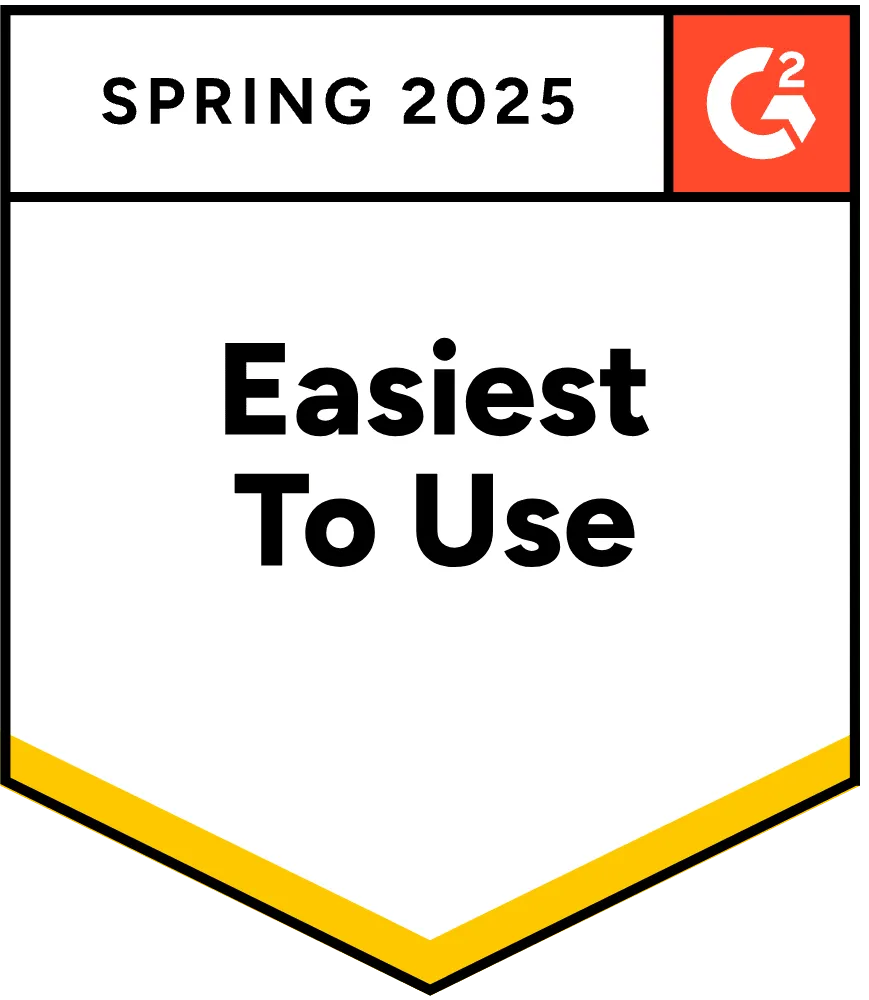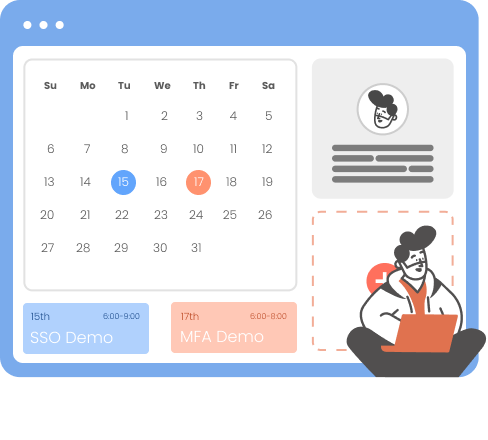Need Help? We are right here!
Search Results:
×






Secure Remote Access is an extensive solution designed to protect organizational resources while enabling seamless and secure connectivity for remote users, IT admins, vendors, and service desks. It allows users to access applications, VPNs, virtual desktops, and Windows machines without compromising security or requiring external proxy installations.
Streamline user authentication with centralized Single Sign-On that eliminates password fatigue across all applications. Advanced password management ensures strong, unique credentials while reducing help desk tickets and improving user productivity.
Move ahead and incorporate advanced VPN security with intelligent, policy-driven access that adapts to user context and behavior patterns. Deploy next-gen Zero Trust solution that verifies every user and device before granting access to resources.
Enforce robust MFA across all remote access points to prevent unauthorized entry even with compromised credentials. We support many MFA methods, including biometrics, hardware tokens, and mobile push notifications for seamless yet secure user experiences.
Implement precise permission frameworks that grant users access only to specific resources they need for their roles. Dynamic policy engines automatically adjust access levels based on user attributes, time, location, and risk assessment factors.
PAM manages and monitors access for users with elevated privileges, ensuring that only authorized personnel can access sensitive systems. It enforces policies on how and when privileged accounts can be used and includes session monitoring for enhanced security.
Maintain comprehensive visibility and control over all devices accessing your network through centralized endpoint management. Real-time device compliance monitoring ensures only secure, policy-compliant endpoints can connect to critical business resources.
miniOrange unifies access to distributed systems through a single, secure platform. Admins can manage remote endpoints across geographies.
miniOrange ensures least-privilege access and grants precise access to vendors, contractors, or external users via role-based controls.
With MFA, policy enforcement, and session monitoring, miniOrange tightens access oversight, and admins gain full visibility and control.
We provide audit logs, MFA, and policy enforcement to help meet security mandates effortlessly and support compliance.
Allow only trusted devices through posture checks and endpoint monitoring.
Protect cloud and on-prem apps with centralized policies and granular permissions.





I can't speak highly enough regarding miniOrange, I am totally satisfied with the process and results in every regard.
5.0

Awesome tech service, Awesome product. Overall Awesome people. This solution is very simple and easy to implement
5.0
Secure remote access empowers employees to work safely from anywhere, supporting flexible work arrangements and maintaining productivity across locations.
Delivers real-time monitoring and analytics of user sessions to detect suspicious behavior, prevent breaches, and enhance overall security posture.
Minimizes physical infrastructure costs while providing scalable remote access solutions that grow seamlessly with expanding teams and business needs.
Enterprises can secure remote access by verifying every user, device, and application before granting entry. Zero Trust uses identity-based controls and continuous monitoring to reduce risk. Access is limited based on roles and device posture to prevent unauthorized use.
Zero Trust Network Access (ZTNA) enforces least-privilege access by authenticating users and devices before allowing connections. It provides secure, app-specific access rather than full network exposure. This approach minimizes attack surfaces and enhances remote security.
Begin with multi-factor authentication and device posture checks to verify trust of the app or device. Apply role-based access controls and monitor user activity continuously. ZTNA helps enforce these policies with precision and flexibility across all endpoints.
VPNs encrypt traffic but expose the entire network once connected, increasing risk. They lack granular access controls and real-time visibility. ZTNA offers a safer alternative by limiting access and adapting to changing security conditions.
The best approach is to adopt a Zero Trust model that verifies identity and device health before granting access. It enforces least-privilege policies and monitors behavior continuously. ZTNA is ideal for securing remote work in dynamic environments.
ZTNA is better for secure remote access because it provides app-level access and stronger security controls. VPNs are simpler but expose networks to greater risk. For enterprises, ZTNA offers scalability, visibility, and better protection.
